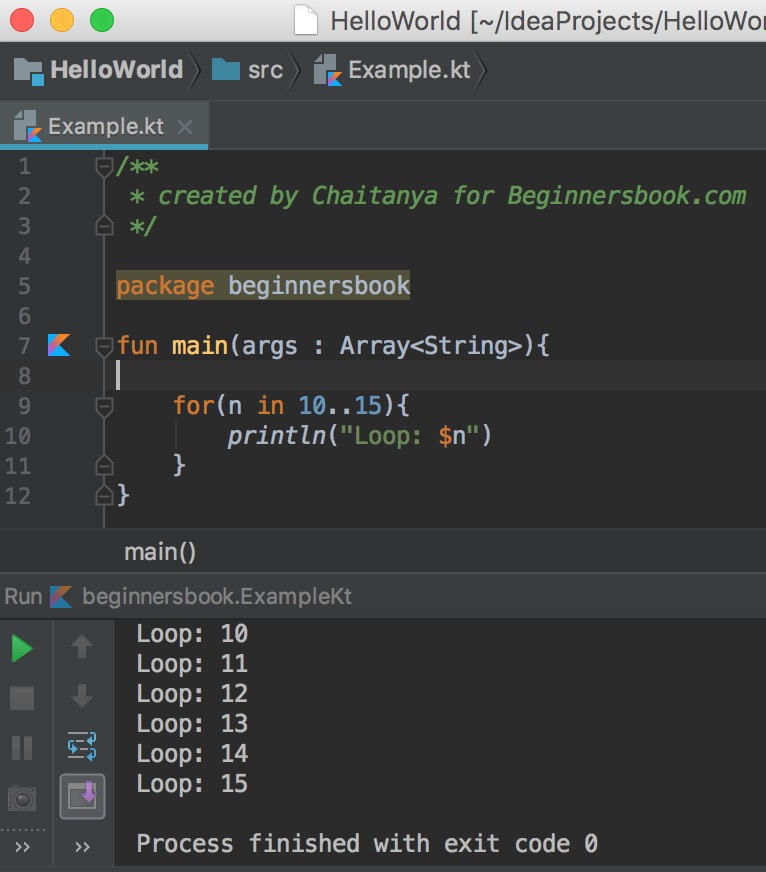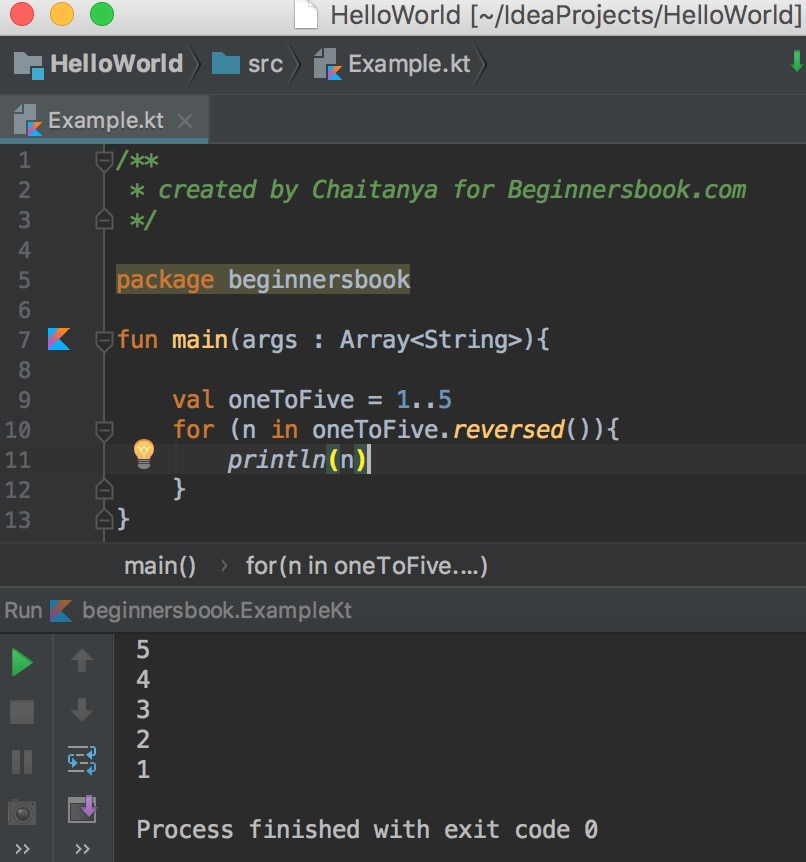

When deciding whether to use listOf() in your code, it’s important to consider the specific needs of your program and choose the appropriate data structure accordingly.You can go slightly shorter for a list by using flatten() instead of flatMap(): listOf('a'.'z','A'.'Z').flatten()
advantages include immutability, type safety, and convenience, while its disadvantages include limited functionality and potential performance overhead. Overall, the listOf() function is a useful tool for creating immutable lists of elements in Kotlin, but it is not suitable for every situation. If you need more advanced features, such as the ability to add or remove elements from the list, you will need to use a mutable list instead. Limited functionality: The listOf() function creates a basic immutable list with limited functionality. This is because each operation on an immutable list requires the creation of a new list object, which can be expensive in terms of memory and processing time. Performance overhead: Immutable lists can have some performance overhead compared to mutable lists or arrays, especially if you need to perform a lot of operations on the list. If you need to modify a list, you will need to use a mutable list instead of an immutable one.  Immutability: While immutability can be an advantage in some cases, it can also be a disadvantage in situations where you need to modify the contents of a list during the runtime of your program. It takes a variable number of arguments, which makes it easy to create a list of elements without having to write a lot of boilerplate code. Convenience: The listOf() function is a simple and convenient way to create lists of elements in Kotlin. This can help prevent errors caused by passing the wrong type of data to a function or method. Type safety: Since Kotlin is a statically typed language, the listOf() function provides type safety by ensuring that all elements of the list are of the same type. This makes it easier to reason about the behavior of your code and can help prevent bugs caused by unintended changes to the list. Immutability: The listOf() function creates an immutable list, which means that the contents of the list cannot be modified once it has been created. Here are some advantages and disadvantages of using the listOf() function in Kotlin: ISRO CS Syllabus for Scientist/Engineer Exam. ISRO CS Original Papers and Official Keys. GATE CS Original Papers and Official Keys.
Immutability: While immutability can be an advantage in some cases, it can also be a disadvantage in situations where you need to modify the contents of a list during the runtime of your program. It takes a variable number of arguments, which makes it easy to create a list of elements without having to write a lot of boilerplate code. Convenience: The listOf() function is a simple and convenient way to create lists of elements in Kotlin. This can help prevent errors caused by passing the wrong type of data to a function or method. Type safety: Since Kotlin is a statically typed language, the listOf() function provides type safety by ensuring that all elements of the list are of the same type. This makes it easier to reason about the behavior of your code and can help prevent bugs caused by unintended changes to the list. Immutability: The listOf() function creates an immutable list, which means that the contents of the list cannot be modified once it has been created. Here are some advantages and disadvantages of using the listOf() function in Kotlin: ISRO CS Syllabus for Scientist/Engineer Exam. ISRO CS Original Papers and Official Keys. GATE CS Original Papers and Official Keys.  DevOps Engineering - Planning to Production. Python Backend Development with Django(Live). Android App Development with Kotlin(Live).
DevOps Engineering - Planning to Production. Python Backend Development with Django(Live). Android App Development with Kotlin(Live). 
Full Stack Development with React & Node JS(Live).Java Programming - Beginner to Advanced.Data Structure & Algorithm-Self Paced(C++/JAVA).Data Structures & Algorithms in JavaScript.Data Structure & Algorithm Classes (Live).








 0 kommentar(er)
0 kommentar(er)
